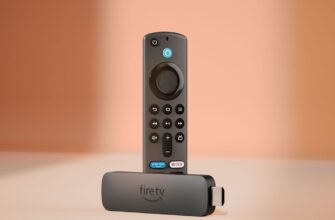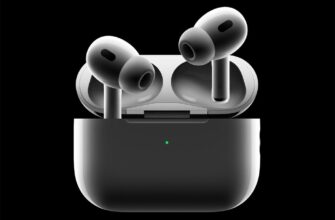## Disney Unveils a Robot That Feels – And Learns
Imagine interacting with a robot capable of expressing emotions like shyness or excitement, reacting to your cues in real-time. This isn’t science fiction; it’s the reality emerging from Disney Research, the innovation arm of The Walt Disney Company.
Their latest creation is an autonomous humanoid robot that mimics human behaviors and emotions with remarkable precision. It’s akin to a sophisticated, personable version of WALL-E, designed not just for functionality but also for connection.
Learning Through Observation
The secret behind this robot’s emotional capability lies in its training process. Initially, a human operator guides the robot, instinctively responding to different situations and demonstrating appropriate emotions. If approached cautiously, the operator will mirror that cautiousness, teaching the robot how to recognize and reciprocate.
These interactions are meticulously recorded and fed into an advanced artificial intelligence system. The AI analyzes every movement and response, gradually learning to associate specific actions with particular emotional states. Over time, the robot develops the ability to engage independently, creating a sense of genuine interaction and realism.
“Our model learns to predict continuous operator commands through a diffusion process and discrete commands through a classifier,” explains Disney Research.
Essentially, the AI masters both smooth movements—like waving—and specific actions—such as saying hello—building a repertoire of behaviors that contribute to its emotional expression.
Powered by Physics: Introducing Newton
This groundbreaking achievement is further bolstered by Newton, an open-source physics engine co-developed by Disney Research with NVIDIA and Google DeepMind. Newton addresses the challenge of “sim-to-real” transfer in robotics – bridging the gap between virtual training environments and real-world performance.
Here’s what makes Newton so powerful:
- Differentiable Physics: Allows robots to optimize their movements by simulating how actions will play out in a realistic setting.
- Extensibility: Enables interaction with diverse objects, from food and fabric to more complex props essential for entertainment applications.
- GPU Acceleration: Simulations can run up to 100 times faster than traditional methods thanks to NVIDIA’s Warp technology.
Disney plans to leverage Newton to enhance its robotic character platform, exemplified by the Star Wars-inspired BDX models recently showcased at NVIDIA’s GTC keynote.
Beyond Technology: The Future of Storytelling
For Disney, these humanoid robots represent far more than just technological advancement; they envision a future where robots become integral parts of compelling stories.
“This collaboration will allow us to create a new generation of robotic characters that are more expressive and engaging than ever before — and connect with our guests in ways that only Disney can,” stated Kyle Laughlin, Senior Vice President of Walt Disney Imagineering Research & Development.
The BDX droids represent just the beginning. The goal is to create robots that function as companions – capable of eliciting laughter, tears, and a sense of connection, mirroring the beloved characters that define the Disney experience.
As humanoid robots become increasingly prevalent—with billions expected by 2050—innovations like this are paving the way for a future where technology feels profoundly human. The next time you visit a Disney park, you might just find yourself having a heartfelt conversation with a robot that seems remarkably alive.



